
Review by Brian F. O’Neill •
Ed Panar’s January 2024 release Winter Nights, Walking, has arrived after much anticipation. I originally became aware of Panar’s work with the 2018 release of In the Vicinity (published with Deadbeat Club), a book that depicted indirect aspects of the marijuana market in the so-called Emerald Triangle of California (where Panar worked seasonally for years). Drawn to his unpretentious imagery, as well as photographic engagement across numerous American geographies, I was especially excited for Winter Nights, Walking, because of its treatment of night photography as well as the de-industrialized Pittsburgh region (a territory with which I am personally familiar). Panar is from the area, Johnstown, Pennsylvania in fact, which is known for, among other things, its independent professional baseball team, the Mill Rats (a reference to the history of steel production and labor in the area), and the “Great Flood” of 1889 that took the lives of more than 2,000 inhabitants.
Photographically, the project is inspired by the work of American photographer Robert Adams (e.g., Summer Nights, Walking). No text accompanies the book (unlike Adams’ opening of William Blake’s To the Evening Star). Instead, Winter Nights, Walking opens with footsteps in the snow and scenes seen while walking. Occasionally, we see a city in the distance, probably Pittsburgh, as viewed across a river, and with the contrast of dimly lit streets in the foreground against an illuminated skyline. There is a calm here that the pictures wish to convey. Moving through the book, we see impressive pedestrian infrastructure – huge, steep wood and steel staircases built to traverse the hills of Western Pennsylvania. Noticeably across the book, the astute reader will detect that, likely at least some of the images are simply hand-held shots, sometimes with an obstruction on the lens, a shallow depth of field, or a shaky frame as the photographer was perhaps approaching frostbite due to the chill in the air itself. All these elements further advance the personal qualities of the images and enhance the authentic intentions Panar is trying to get across in terms of the pedestrian experience of the night.
There are some Adams references even to be found that do not exactly correspond to Summer Nights, Walking, which illustrate some of Panar’s innovations. For example, towards the end of the book, Panar includes an image of a dog’s distinctive profile, in shadow, as he peers through a window late one night, presumably detecting the pedestrian. The image seemingly refers to one of Adams most famous images, originally included in The New West, “Colorado Springs, 1974.” However, even here, it’s the subtlety of Panar’s work that differentiates it and makes it stand apart. In this same image, we pick up the theme of movement that is running through this book – movement in terms of the walking, but also in how the pedestrian might navigate the environment itself – as we see the rain pelting the pavement, illuminated by a streetlamp. Similar techniques and themes appear throughout the text with Panar’s striking use of flash at night (a feature across all Panar’s books is the emphasis on ensuring an appropriate exposure, and night images will often appear with flash as a result). The flash is used to illuminate the falling snow at various points in the book, adding an additional foreground layer to the image. In another image (perhaps only with streetlight illumination), by dragging the shutter Panar picks up the wavelike movement of the snow being pushed around by the wind, thus further emphasizing the photographer dealing with the elements. Each technique is impactful as the reader gets the sense of the joy, but also struggle to make these pictures.
Despite the almost entirely monochrome treatment (one red “wolf-moon” image appears towards the middle of the book furthering the poetic dimension of the text) of these presumably digital images of streetscapes and sub/urban textures, the reader never tires of wandering the streets with Panar. It becomes a personal journey as the images invite their own sort of visual exploration around the next corner and after the next distant streetlight. Despite the lack of financial investment in some of these territories, Panar’s images ask: who would not want to traverse the charming arabesqued hills of the boroughs late one Sunday night?! Winter Nights, Walking, true to the inspiration in Adams, aspires to, and ultimately achieves, an affect of engaged escapism.
____________
Brian O’Neill is a sociologist, writer, and photographer. He is based in Phoenix, Arizona. More about him and his work is linked on our ABOUT page.
____________
Ed Panar – Winter Nights, Walking
Photographer: Ed Panar (born in Johnstown, Pennsylvania; currently lives in Pittsburgh, PA)
Publishers: Fw: Books and Spaces Corners; ©2023
Photobook Designer: Hans Gremmen
Hardcover, 128 pages with 78 photographs, 8.6 x 10.2 inches; printed by Wilco Art Books in Amersfoort, Netherlands; ISBN 978-90-833459-1-8
____________
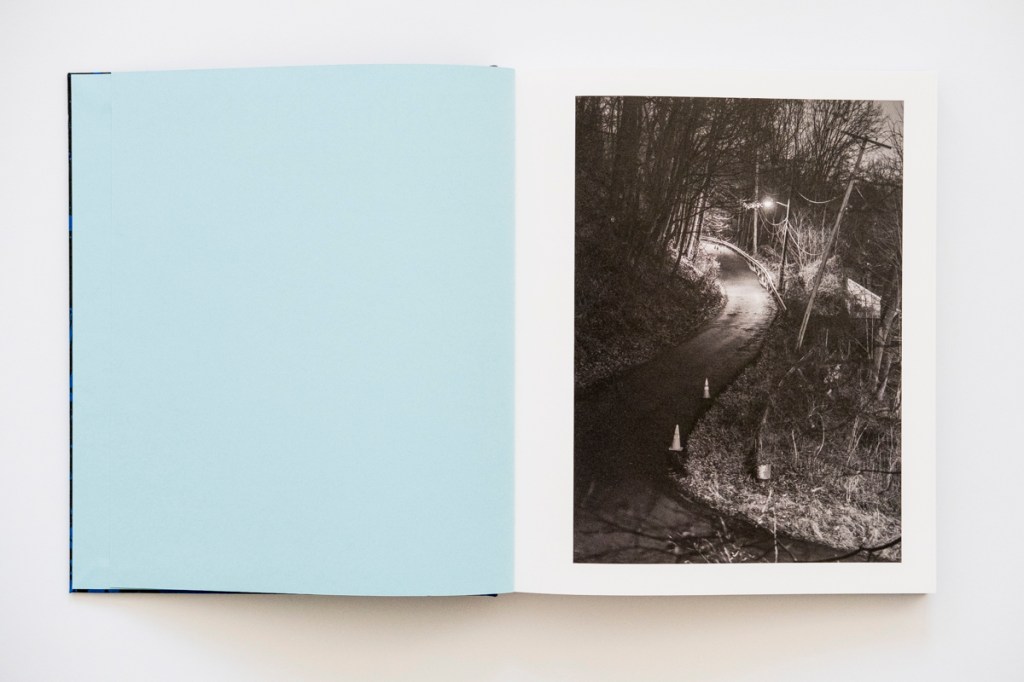

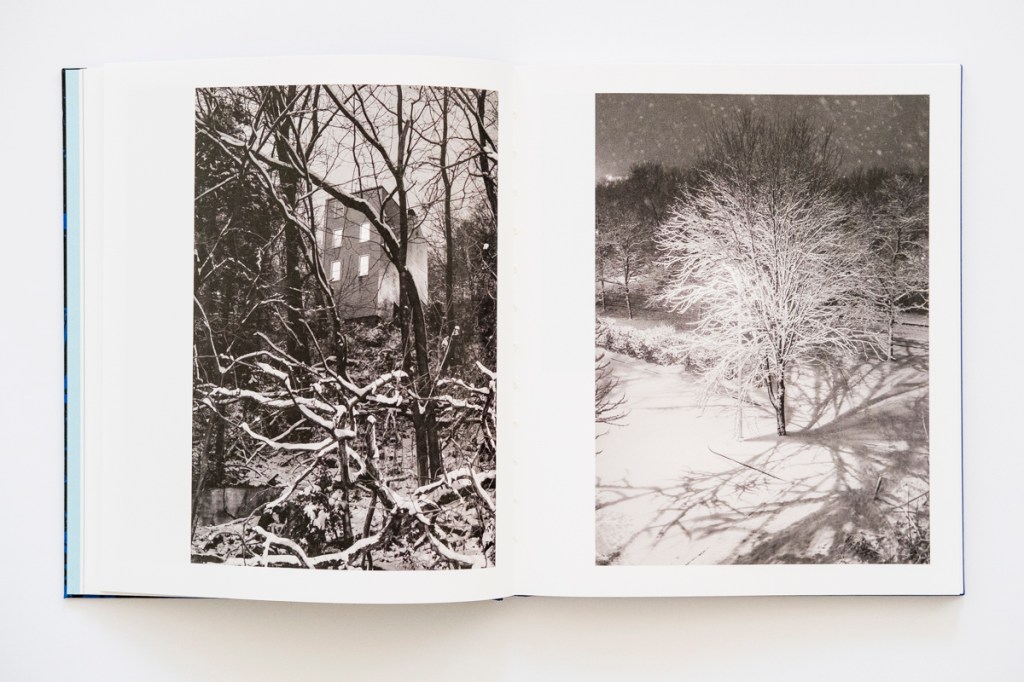
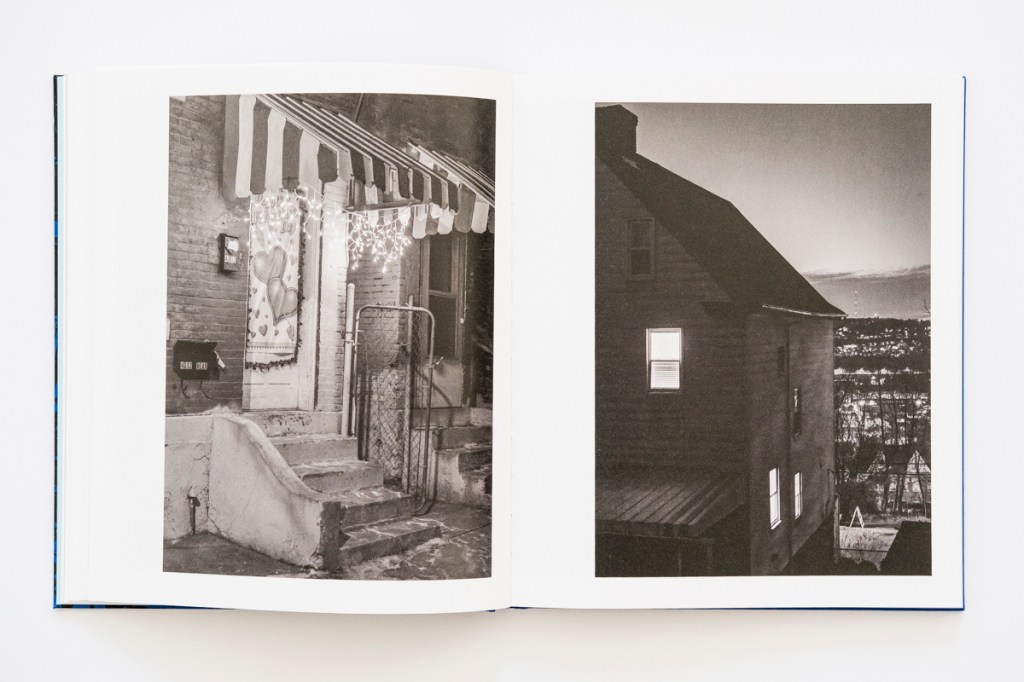
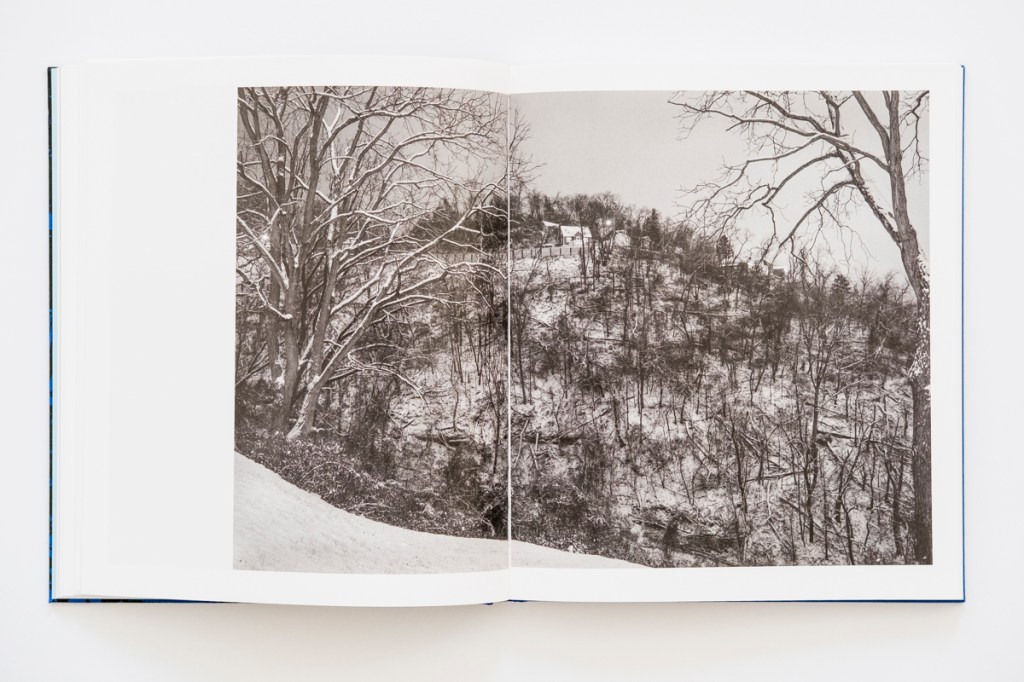
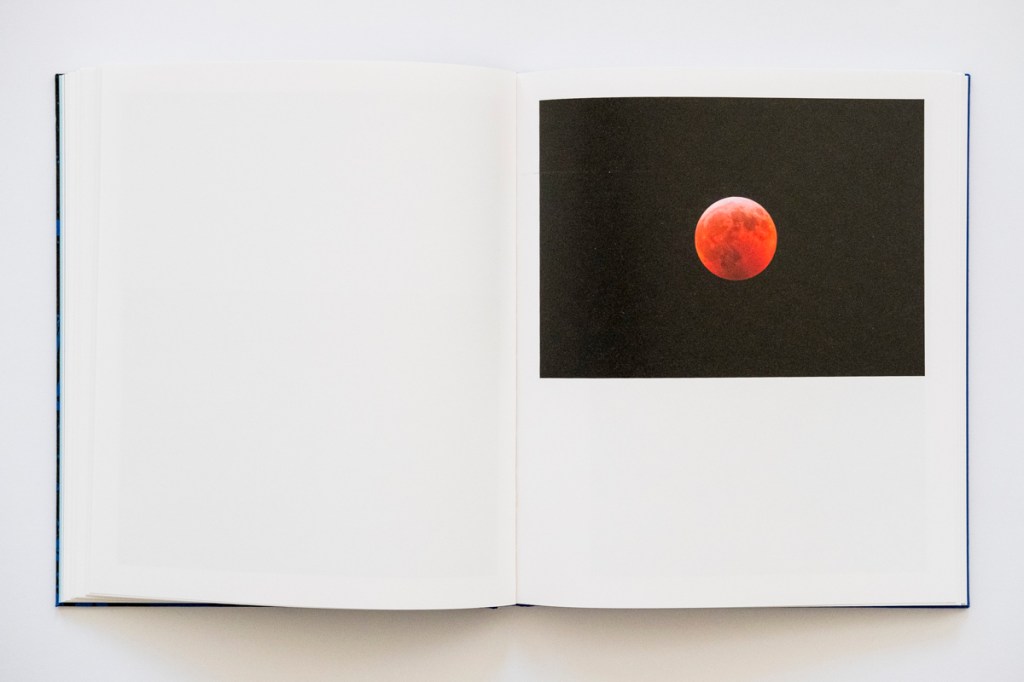
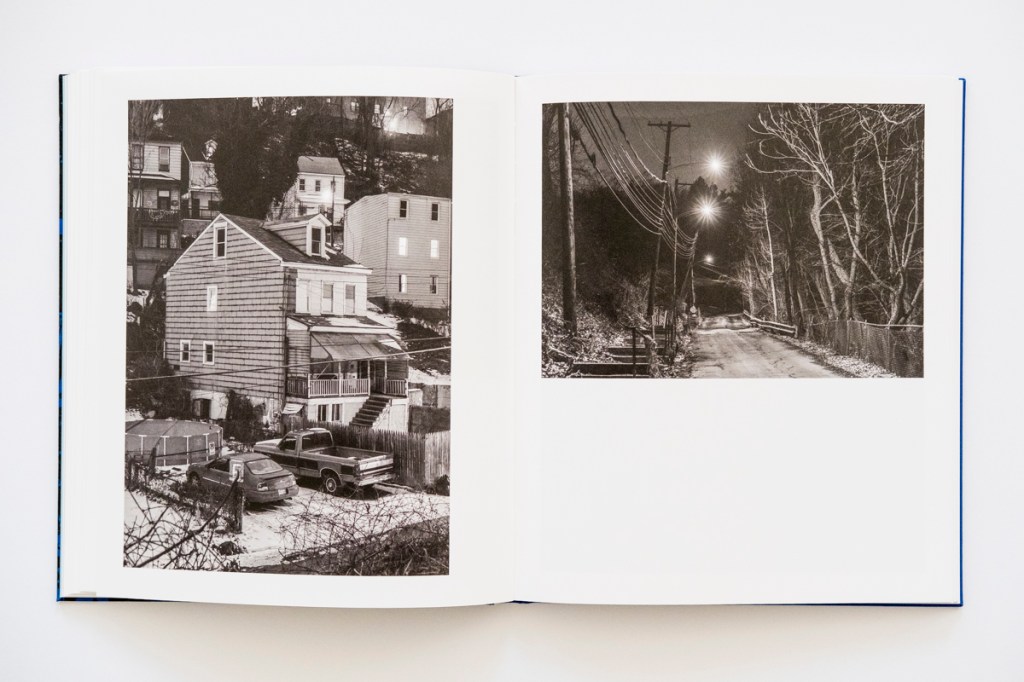

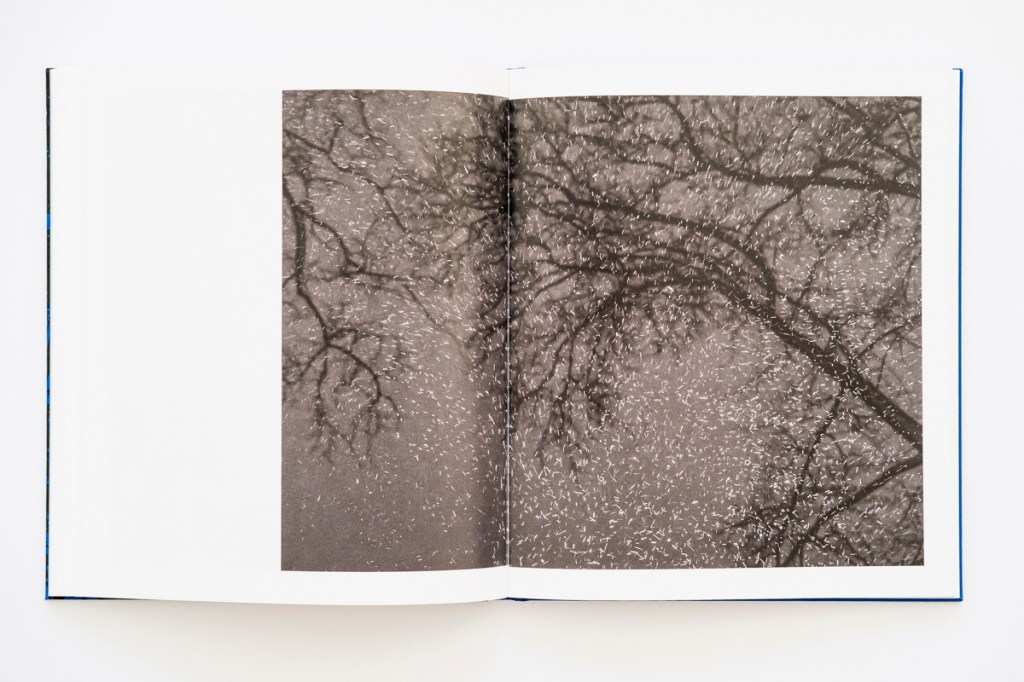
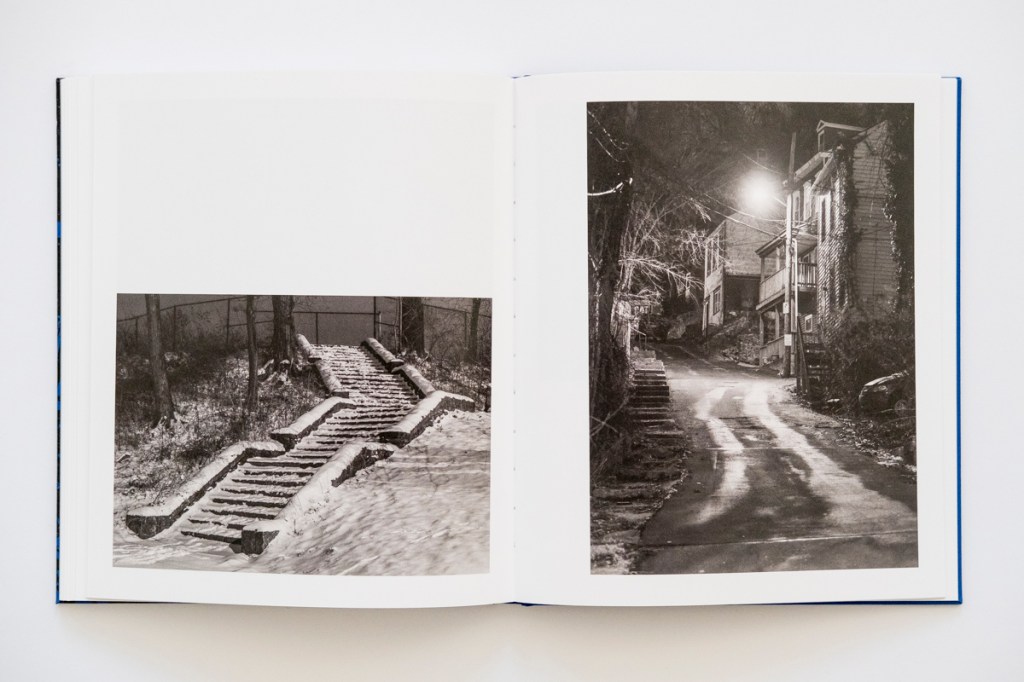
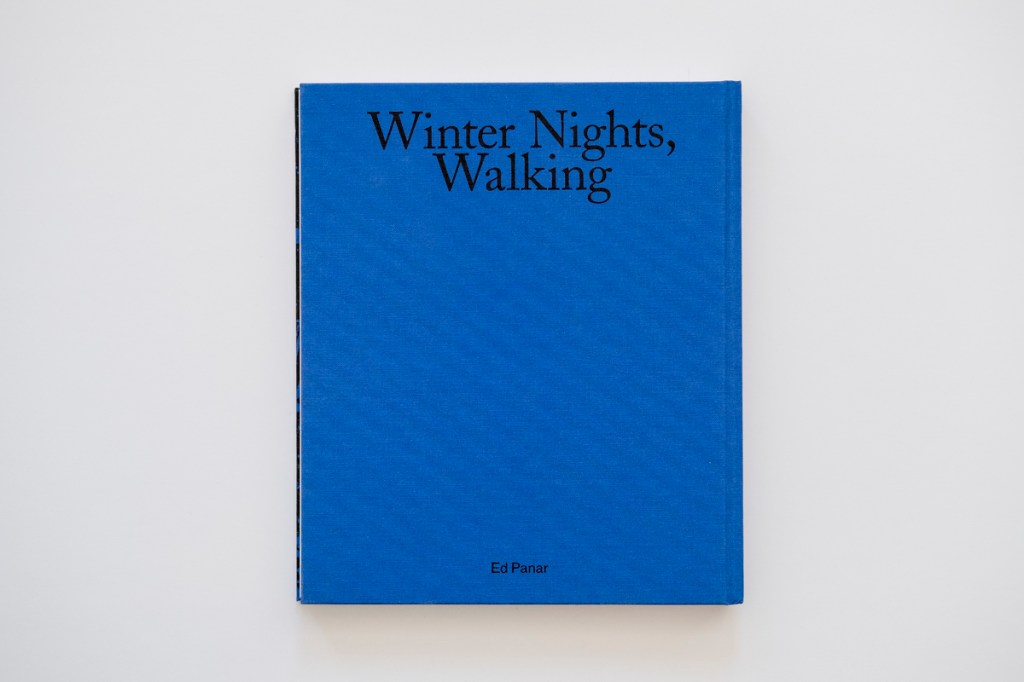
Articles and photographs published in the PhotoBook Journal may not be reproduced without the permission of the PhotoBook Journal staff and the photographer(s). All images, texts, and designs are under copyright by the authors and publishers.
Leave a comment